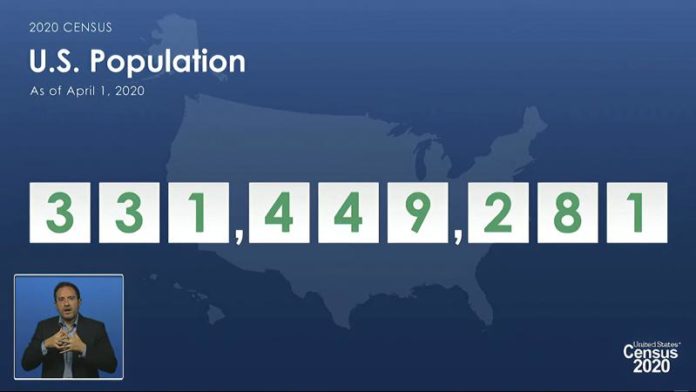
Although Arizona was among one of the fastest-growing states during the last decade, its 7.1 million population was not enough to give it a 10th congressional seat.
U.S. Census Bureau data released Monday show Arizona’s clout in Washington may be growing, but it’s not quite enough to give it a 12th presidential electoral vote.
Democrat Joe Biden’s narrow victory here in 2020 showed that Arizona is now one of a handful of swing states that are instrumental in determining the presidential contest. Arizona had gained at least one U.S. House seat in every census since 1950.
The count, which must happen every 10 years under the U.S. Constitution, was complicated by safety measures during the COVID-19 pandemic, such as the need for social distancing, and by last-minute litigation over efforts by President Donald Trump’s administration to include a question on citizenship.
The Census Bureau released only basic data Monday. The neighborhood-level numbers that will be used to draw new legislative and congressional district boundaries won’t be released until late summer or the fall.
The maps will be approved by the Independent Redistricting Commission, comprised of two Democrats, two Republicans, and an independent voter.
Republished with the permission of the Associated Press.













